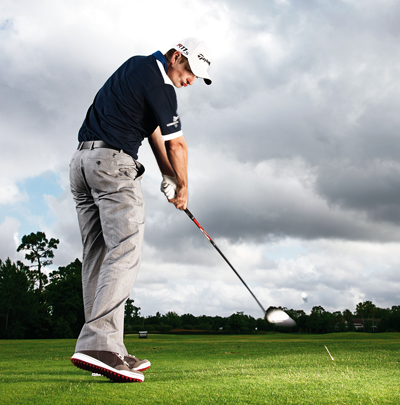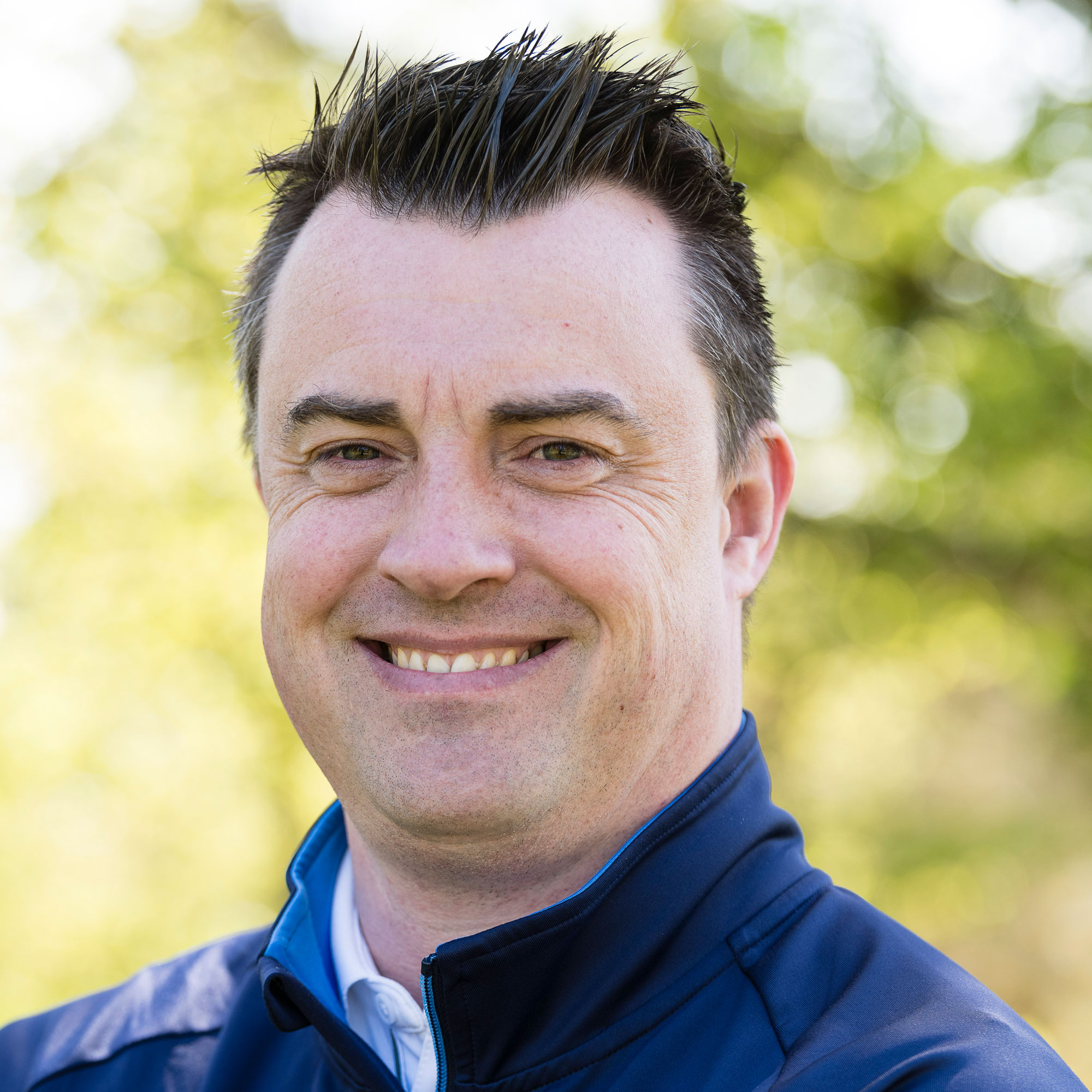What starts the downswing in golf?
Golf Monthly Top 25 coach Keith Williams has some tips to help you improve your stability throughout the swing and generate more power for longer drives.


Golf Monthly Top 25 coach Keith Williams asks what starts the downswing in golf and has some tips to help you improve your stability throughout the swing and generate more power for longer drives.
What starts the downswing in golf?
The golf swing is an athletic movement and, as such, you need poise and fluidity. To help achieve this, place an alignment stick or shaft square to your target, in line with your left heel, then rotate to the top of your backswing.
Now, trigger your downswing by moving your left knee over your left foot. Ideally, the knee, hip and shoulder are going to appear almost in a line before your left arm drops too far below shoulder height.
This stabilises the weight shift and produces a powerful move as the left arm and shaft are delayed, so creating a ‘later hit’ effect.
Feel the weight move on to the ball of your left foot as this happens. Now repeat the move. Getting the transition right is essential for the athleticism and stability of the swing, as well as encouraging better basic mechanics.
The wide stance drill
Subscribe to the Golf Monthly newsletter to stay up to date with all the latest tour news, equipment news, reviews, head-to-heads and buyer’s guides from our team of experienced experts.
Power in the golf swing is largely generated from a simple coil of the upper body. The resistance between your upper and lower body at the top of the backswing creates torque that delivers speed through impact.
The problem for many amateurs is that as they search for speed, they lose control of their body movement.
The next time you’re practising, try making a series of three-quarter swings having set a wider stance than usual.
What will immediately become apparent is that with your lower body restricted, your arms and torso begin to work together.
You should also be able to feel the power of the coil at the top of your backswing. The chances are this will be a much more efficient action than the one you’re currently producing.
Then, hit a series of three-quarter shots using this drill. You’ll quickly develop a more simple, effective, stable-body rotation.
Body movement
The great destroyer of both power and accuracy is unnecessary body movement that upsets stability. No matter what your handicap, this is a trap we all fall into from time to time, so this is an effective drill to get you back on track.
Place an alignment stick in the middle of your stance – notice that your chin is over the alignment stick at address.
Move to the top of your backswing – by the time you reach the top your chin will be fractionally behind the stick.
Without swaying your upper body, your weight has naturally loaded on to your right side. Then, having shifted correctly, your weight will have moved ahead of the alignment stick as you reach the finish position. This drill will help you check the basic weight shifts, which are crucial to a solid golf swing.
Stabilise the shaft
When you think of stability, your mind will focus on the balance and athleticism of your lower body.
However, there’s another important aspect to stability – the shaft. A lot of amateurs set the club working on the wrong path as they take it back.
On the wrong path, the club feels heavier and requires compensations to hit the ball in the right direction.
A far better solution is to stabilise the shaft by getting it working on a neutral path. A great drill is to take your normal address position and then split your grip.
Your right elbow and wrist are now more likely to set in the correct way. This will help you get the club on plane.
If you hold the halfway back position, you’ll notice how much lighter the shaft feels. This is stability, and it will improve your accuracy.

Tom Clarke joined Golf Monthly as a sub editor in 2009 being promoted to content editor in 2012 and then senior content editor in 2014, before becoming Sports Digital Editor for the Sport Vertical within Future in 2022. Tom currently looks after all the digital products that Golf Monthly produce including Strategy and Content Planning for the website and social media - Tom also assists the Cycling, Football, Rugby and Marine titles at Future. Tom plays off 16 and lists Augusta National (name drop), Old Head and Le Touessrok as the favourite courses he has played. Tom is an avid viewer of all golf content with a particularly in depth knowledge of the pro tour.